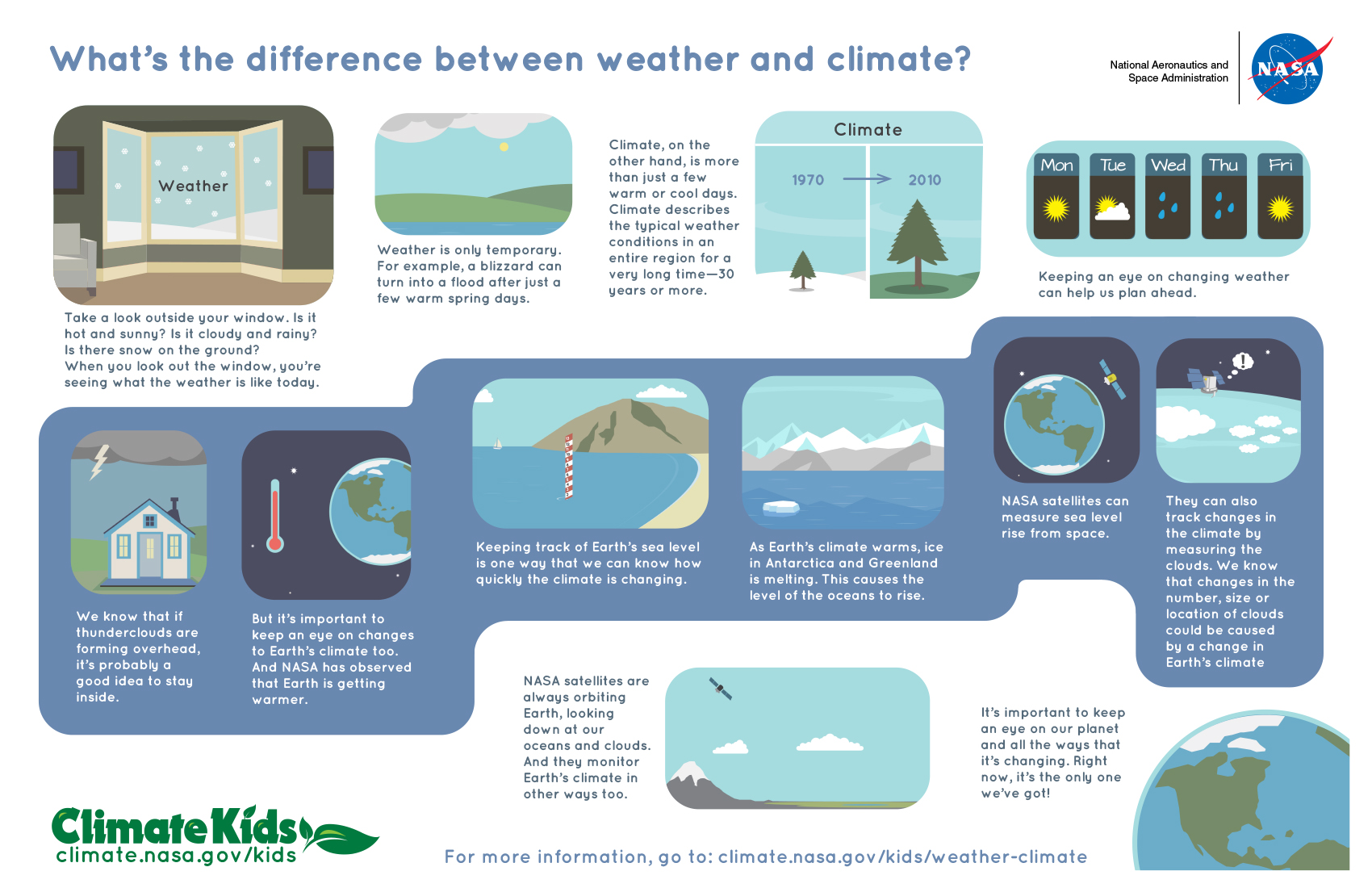



Up to 50% of the annual rainfall of Arizona and New Mexico occurs as monsoonal storms from July through September. The major feature that sets the climate of the Southwest apart from the rest of the United States is the North American monsoon, which in the US is most noticeable in Arizona and New Mexico. The effects of ENSO and PDO can amplify each other, resulting in increased annual variability in precipitation over the Southwest. Another important oceanic influence on winter climate of the Southwest is a feature called the Pacific Decadal Oscillation (PDO), which has been defined as temporal variation in sea-surface temperatures for most of the Northern Pacific Ocean. La Niña, the opposite oceanic case of El Niño usually results in dry winters for the Southwest. El Niño, which is an increase in sea-surface temperature of the eastern equatorial Pacific Ocean with an associated shift of the active center of atmospheric convection from the western to the central equatorial Pacific, has a well-developed teleconnection with the Southwest, usually resulting in wet winters. Furthermore, the Southwest's complex topography and its geographical proximity to the Pacific Ocean, the Gulf of California, and the Gulf of Mexico also contribute to this region's high climatic variability. However, the Southwest is located between the mid-latitude and subtropical atmospheric circulation regimes, and this positioning relative to shifts in these regimes is the fundamental reason for the region's climatic variability. Low annual precipitation, clear skies, and year-round warm climate over much of the Southwest are due in large part to a quasi-permanent subtropical high-pressure ridge over the region. ABSTRACT:This paper summarizes the current state of knowledge of the climate of southwest USA (the 'Southwest').


 0 kommentar(er)
0 kommentar(er)
